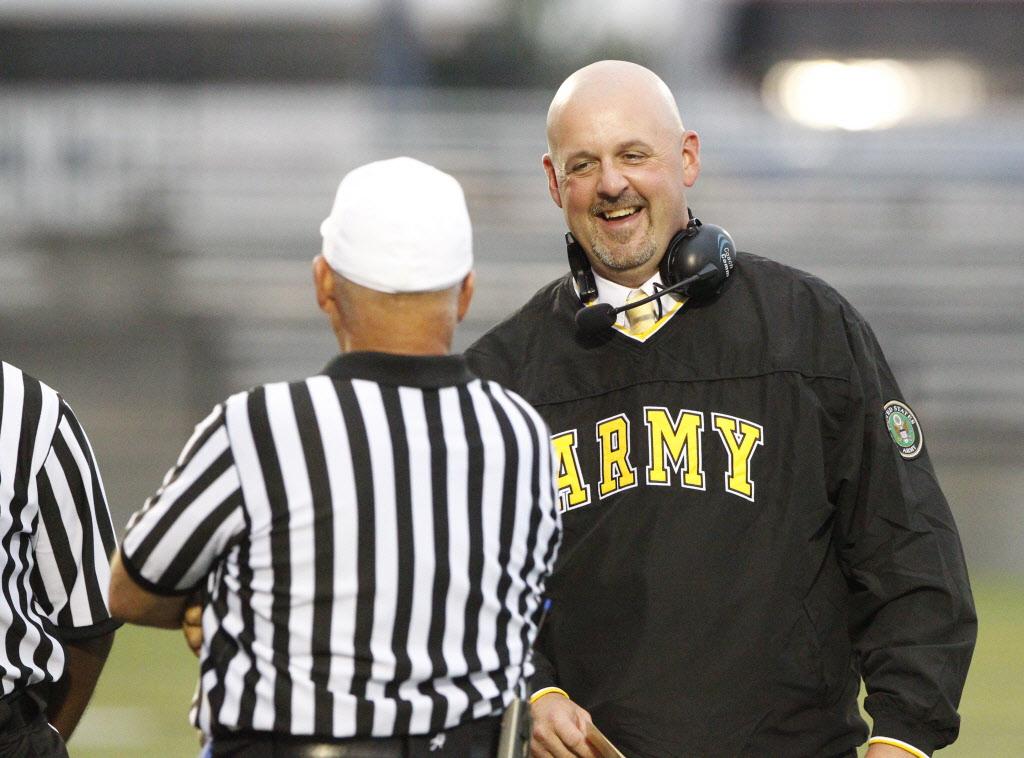This week we had our fifth session with our club's U11/U12 development program.
The sessions have been going well with coaches Colum, John and Nilan helping out. I have to say these three coaches have been very good for me as I am learning something from each of them in terms of relating to players. They are also newer coaches in our rep/select program so I like to see how they're doing.
Coach John is a high school Vice-Principal and has 4 children. Technically, in soccer, he is not overly experienced, but his approach with the players is warm and respectful. He is not afraid to jump in and even out a small-sided-game that needs a player. There is always a smile on his face, even when he's not smiling. He is very experienced in sports, VERY experienced in dealing with young adults and understands everything we are doing so setting up and monitoring/adjusting is not a problem. It's obvious to anybody watching that Coach John brings his experience as an educator to soccer. John looks and sounds like a coach, and that's big. Our conversations tell me that he is very comfortable with his philosophies and that is the biggest step to being a good coach. I deal with Coach John on occasion during the day so we have a pre-existing relationship.
Coach Nilan is in law-enforcement and has experience with the game. His voice is clear, his posture is confident and he comes to our sessions looking the part of a coach. Nilan really enjoys coaching and the kids seem to sense that. His change in voice at different times accurately relays his emotions and he is able to use that effectively with the players. He can adequately demonstrate for the players and that helps with his delivery. I interface with Nilan at soccer and through work as he is a colleague of my wife. He is a positive addition to our club's coaching ranks.
Coach Colum is a coach with whom I just started working. We did not know each other before this program. I have no complaints so far and I have to say I like his style. He just assumed his position as head coach of our U11 girls team. He comes to our sessions ready to work and he's not afraid to try and pump the players up during the exercises we're doing. He is able to demonstrate and uses good soccer language when relaying information. His body language is very positive and the girls are appreciative of his efforts. He looks, acts and sounds like a coach.
Seeing the qualities of these people, how can I walk away from a session and not gain something? It may not always be technical, but it will always be something that strengthens my ability to relate. Every session, before my eyes, I get three different approaches to the session's sequences and three streams of information to process. It's been very enjoyable.
If you come to training with the attitude "You learn from me and that's that" you're not likely to be a very successful coach or engage the people you're working with. I find myself gathering information from people all day long, a lot of do's and dont's.
As a coach I love to watch others coach regardless of the team, level or sport. I often wander into the next ice-rink while waiting for my son's hockey game to watch a coach run their practice. I watch their organization, teaching style, body language and how the players receive them. In short, I am assessing them.
When you watch another coach, ask yourself the same type of questions as you would when reflecting after a session:
- What did I like?
- What would I change?
- Did the players enjoy the session?
- Did the players improve?
- How was the coach's demeanour and appearance?
- How was the organization?
For your own development, make a point of watching other coaches using a coach's set of eyes. It could be something completely new, something to reinforce good habits you have or plainly what NOT to do.
By the way, all that is written above applies to every profession or occupation. If you think you are done growing and learning, you're finished.








